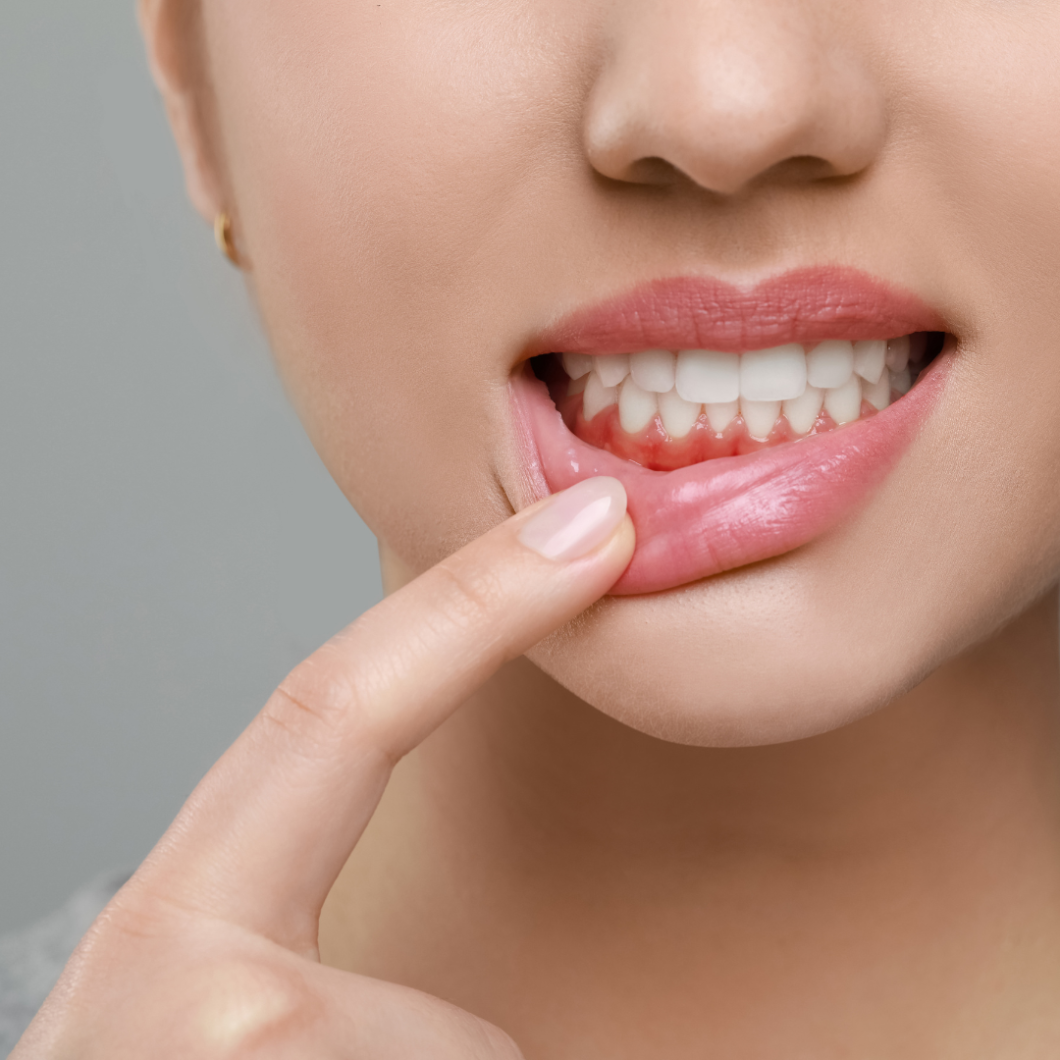When it comes to creating a beautiful smile, healthy teeth often get the spotlight. But did you know that your gums play an equally important role? Healthy gums form the foundation for your teeth, providing support, protection, and adding to the overall appearance of your smile. If you’re undergoing orthodontic treatment with aligners or braces, caring for your gums becomes even more essential. Here’s why healthy gums matter for a stunning smile and how you can keep them in top shape during orthodontic care.
Why Gum Health is Crucial for a Beautiful Smile
Gums are the tissue that surrounds your teeth and anchors them in place. When your gums are healthy, they support your teeth securely, giving them a natural, even appearance. If gum health declines, however, it can lead to a range of issues that affect both the appearance of your smile and your overall oral health.
- Foundation for Teeth Alignment: Healthy gums create a stable base for teeth. When gums are inflamed or infected, teeth can become loose and may even shift, counteracting the benefits of orthodontic treatment.
- Prevents Gum Recession: Gum disease can lead to gum recession, where the gum line pulls back, exposing more of the tooth. This can cause your smile to look uneven and make teeth more susceptible to decay and sensitivity.
- Supports Symmetrical Smile Aesthetics: Gums frame your teeth and create a balanced look. Swollen or inflamed gums can disrupt the symmetry of your smile, making teeth appear unevenly sized.
- Reduces the Risk of Oral Health Problems: Poor gum health can lead to issues like gum disease (gingivitis or periodontitis) that not only affect appearance but can also cause pain, bone loss, and, in severe cases, tooth loss.
How Orthodontic Treatments Affect Gum Health
Orthodontic treatments, such as braces and aligners, help straighten your teeth but can create challenges for maintaining gum health. Both fixed braces and clear aligners can make it harder to clean your teeth effectively, allowing food particles and plaque to accumulate more easily. This can lead to inflammation, gingivitis, and other gum issues if proper care is not maintained.
- Braces: Brackets and wires create many small areas where food can become trapped, making it easier for plaque and bacteria to accumulate along the gum line.
- Clear Aligners: While aligners are removable, they create a sealed environment that can trap bacteria against your teeth if not cleaned frequently, increasing the risk of gum inflammation.
Tips for Maintaining Healthy Gums During Orthodontic Treatment
Keeping your gums healthy while undergoing orthodontic treatment is possible with a few key steps. Here’s how you can maintain good gum health, prevent gingivitis, and protect your smile’s foundation:
1. Brush Twice a Day, Focusing on the Gum Line
- Use a soft-bristled toothbrush to brush your teeth and gum line for at least two minutes, twice a day. For brace-wearers, angled brushing can help remove plaque around brackets and wires.
- For aligner users, brush your teeth and gums after each meal before reinserting aligners to avoid trapping bacteria.
2. Floss Daily
- Flossing is essential to remove plaque and food particles from between teeth and along the gum line. Orthodontic floss threaders or water flossers can make flossing easier for those with braces.
- Aligners also require flossing as a regular habit to ensure no particles are trapped between teeth under the aligners.
3. Use an Antibacterial Mouthwash
- Antibacterial mouthwash helps kill bacteria in hard-to-reach areas, reducing the risk of gum inflammation. Look for a mouthwash specifically formulated for gum health and use it daily after brushing and flossing.
4. Schedule Regular Dental Cleanings
- Professional dental cleanings every six months are essential, especially during orthodontic treatment. Your dentist or hygienist can remove tartar that may accumulate and check for early signs of gum disease.
5. Wear Aligners as Instructed
- For those using Invisalign or similar aligners, following the instructions on wear time and hygiene is crucial. Remove aligners when eating and drinking (except water) and rinse them before reinserting.
6. Maintain a Balanced Diet
- A diet rich in vitamins C and D, along with calcium, can support gum health. Avoiding sugary and starchy foods helps reduce the buildup of plaque and bacteria that can lead to gum disease.
7. Stay Hydrated
- Drinking water throughout the day helps rinse away food particles and bacteria that can cause gum issues. Proper hydration also stimulates saliva flow, which naturally protects your gums and teeth.
Signs Your Gums Need Extra Attention
It’s essential to monitor your gums during orthodontic treatment and look for signs of potential problems. Here are some signs that your gums may need additional care:
- Red, Swollen, or Tender Gums: This could indicate gingivitis, an early stage of gum disease, which can be reversed with proper care.
- Bleeding During Brushing or Flossing: Light bleeding can be normal with braces, but persistent bleeding may signal gum inflammation.
- Receding Gums: If you notice your gums pulling away from your teeth, it’s important to consult your dentist, as gum recession can lead to sensitivity and tooth exposure.
- Persistent Bad Breath: Bad breath that doesn’t improve with brushing and mouthwash could indicate an infection or buildup of bacteria under the gum line.
Final Thoughts
Healthy gums are the unsung heroes of a beautiful smile. During orthodontic treatment, it’s important to give your gums the extra care they need to stay healthy and prevent issues like gingivitis. By following these tips, you can keep your gums and teeth in great shape, so you’ll not only have a straighter smile but a healthy, vibrant one too.

